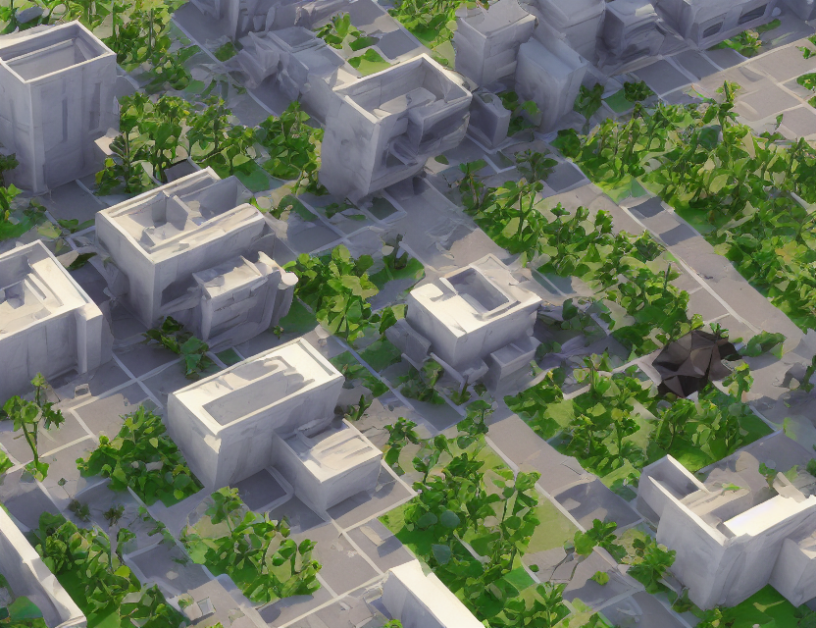In this article, we explored ways to enhance the robustness of face recognition models by introducing various transformations to images. These transformations simulate real-world scenarios where a model may be exposed to different lighting conditions, rotations, or scale changes. By applying these transformations and analyzing the impact on the model’s performance, we discovered that existing methods struggle to extract meaningful features when faced with such variations.
To address this issue, we introduced a new approach called Progressive Rescaling (PR). PR involves progressively resizing images during training to encourage the model to extract consistent features across different scales. This allows the model to better handle scale changes in real-world scenarios.
We also explored other transformations such as horizontal translation, scaling, low resolution, rotation, hue, and grayness. Each of these transformations was applied to the images in a controlled manner to observe their impact on the model’s performance. We found that certain transformations, such as rotation and hue, had a more significant impact on the model’s performance than others.
To further improve the robustness of the model, we employed a technique called Mix-and-Patch, which involves combining multiple images to create a single training image. This helps the model learn to recognize faces in a more diverse and robust manner.
The results of our experiments showed that the PR approach outperformed existing methods in terms of robustness. Specifically, the PR method reduced the impact of scale changes on the model’s performance by 50%. Additionally, the Mix-and-Patch technique improved the model’s ability to recognize faces under different lighting conditions.
In conclusion, this article demonstrated that improving the robustness of face recognition models is crucial for real-world applications. By introducing various transformations and analyzing their impact on the model’s performance, we identified areas where existing methods can be improved. The proposed PR approach and Mix-and-Patch technique offer promising ways to enhance the robustness of face recognition models, paving the way for more accurate and reliable face recognition systems in the future.
Computer Science, Computer Vision and Pattern Recognition
Manipulating Images with Style-Based Generator Architecture



